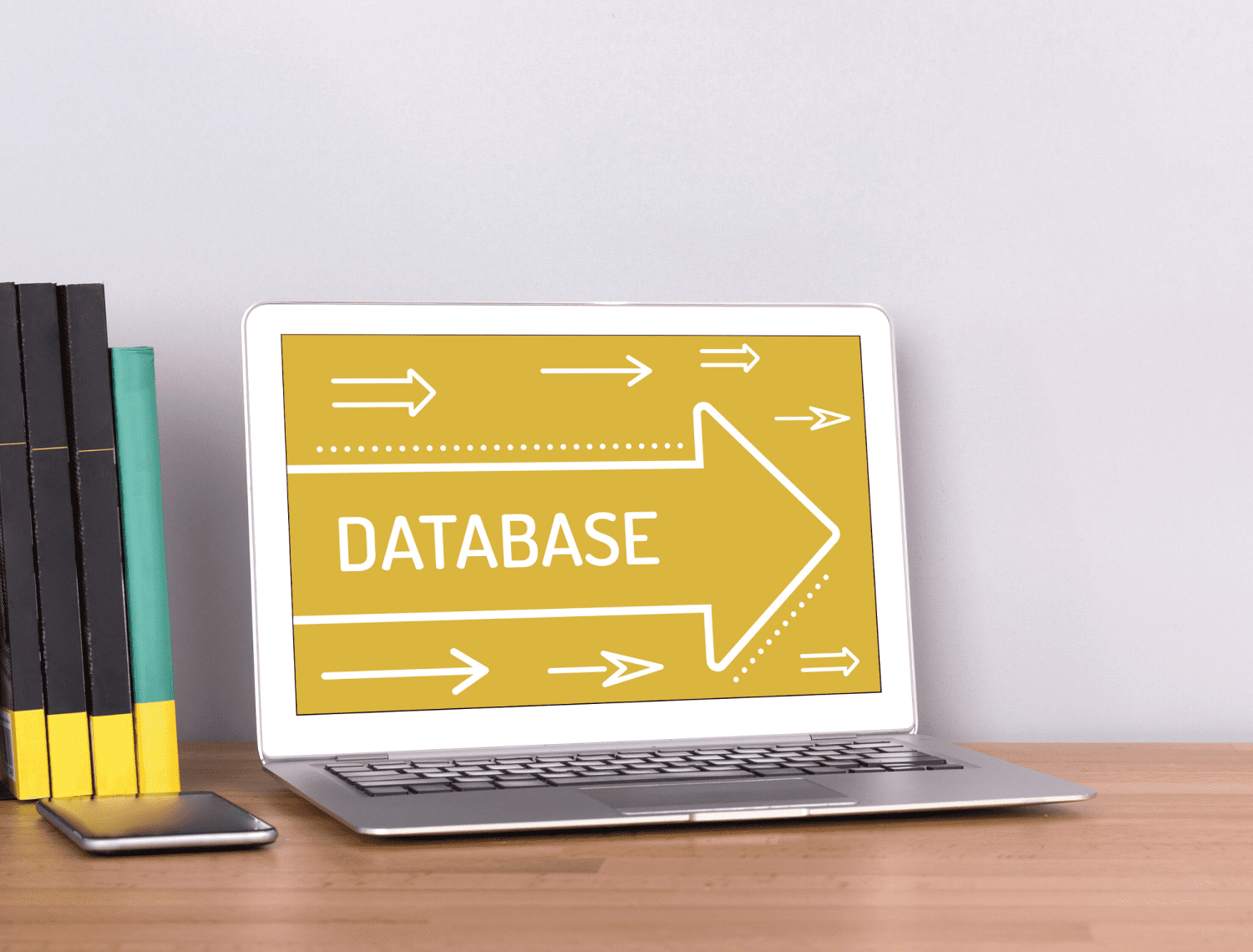After you finished entering all your contacts into the new infoodle database, chances are that you are wondering what else it can help you do. This is a question many of our customers ask, so in today’s post we are covering a few ideas for the starter module.
1. Throw away your old database
Really! Get all your departments to delete their old excel spreadsheets or whatever you were using. Of course, check the data first, but after that – get rid of it. Give the staff a new login, so they can go and update their contacts as soon as they know of a change. This way everyone has the same and most up to date information, so there won’t be any mishaps. You now have a single version of all your contacts to use across your organisation.
2. Up your communication
With infoodle, iit is easy to send out your newsletters, invites to events, or any other information because all your contacts are stored in one place. It’s easy to select a group and send private emails to everyone. There is no danger of others seeing who the email has gone out to. infoodle keeps a history of all the communication that has gone out to individuals in their profile page (including their replies). For more flexibility with design, you can use Mailchimp templates to create your newsletter and then send it out through infoodle.
You can also send text messages: remind the youth to bring their togs because the weather is great for a trip to the beach, or quickly grab some volunteers to help out.
3. Say “Happy Birthday”
People love to be acknowledged on their birthdays or special anniversaries. Sending a card, or a note tells people you care about that you remember them. Personalised greetings make them feel special, and they feel they belong. Set up notifications to come up on your homepage and send out an email or a text. It’s a little thing that can be done in a minute but will mean so much!
4. Organise people into groups
This helps you see what people are involved with and makes it easier to stay in communication. Depending on the structure of your organisation, they can be put in Program groups (Youth group or After school kids club) or Administrative groups (Newsletter subscribers or Members). Send an email to everyone in the group with just one click.
Having groups in your workflow helps you see where people are along in their process. Groups about events can help you identify organisers, volunteers/helpers and attendees, so after the event you know who to send a thank you email to for helping or for attending. You can also list the members’ skills and talents, to let your music band know who can play keyboard or lead.
5. Explore your data and start tracking
While groups help you to keep track of where your people are at and what they are involved in, there is more information you can track by using your own custom fields. For example, if you may want to keep a record of when people first became members, run a report on how long a person has been a member for. Running a report or using the anniversary widget, you know who needs to renew their membership.
Use reports to explore your data – you can get really creative with this. For example, you could run a report selecting all the females aged between 13 and 18 that live in Bethlehem because you are starting a young girls mentoring group and want to invite them all to the launch event. From the report page you can go straight to email to send your invitations.
6. Customise what data you collect
With the new reporting standards that took effect from April 1, 2015, you must capture the data you will need to include in your end of year filing. For example, if you give food parcels to the less fortunate as part of your mission, you could enter the people who received parcels or when they received a parcel into infoodle. This will help you do a report on the number of parcels that were provided. By entering the names and details of those you gave a parcel to, you could follow up with them how things are going or invite them to a CAP course you are running.
7. Use it as your directory
We often get asked about printed directories such as the old phone book list. Whilst infoodle does do this (including printing with photos), controlling what contact information gets printed for each person, we suggest you consider how secure having printed directories around the place really is. It is safer to create an online directory and give your members their own login with a restricted view. For those who do not have computers or smartphones you can still print the information as it is requested, but in the long run you will save majorly on printing costs.
8. Automate tasks with workflows
Save time by setting up reliable step-by-step systems that can be automated. The options are endless and depend on your own workflow. For example, when a new contact is entered into the database:
-
enter them into a new contacts group and send a welcome email telling them a little more about your organisation.
-
set up a reminder to call or visit them or send them an invitation to a newcomers lunch.
-
add them to the newsletter group to keep them up to date with your recent developments
Here are just a few things to start you off with. We have found that the more people do with infoodle, the more they discover how infoodle can help. Attend our free online training to learn about the latest advances we’ve made – we’re always moving forward.









